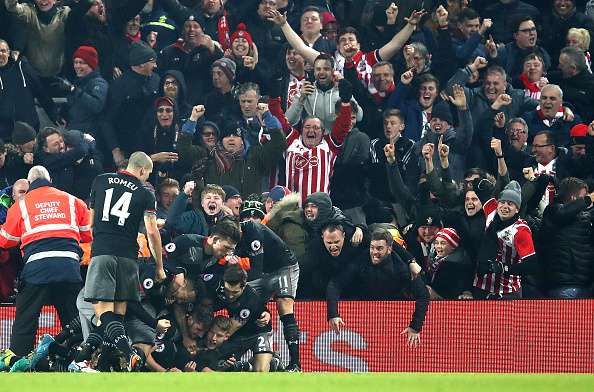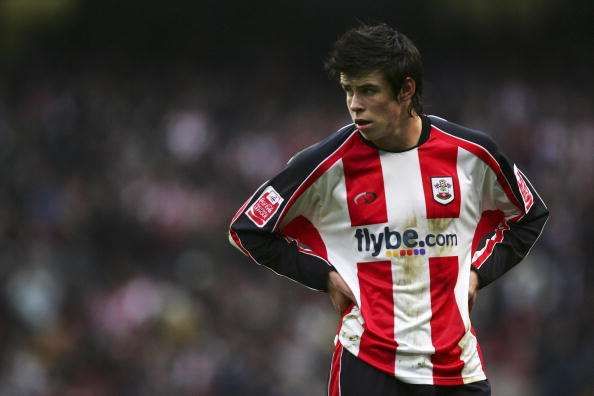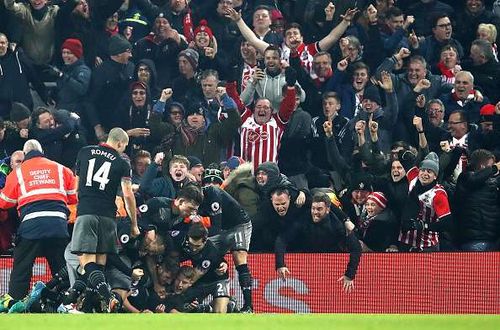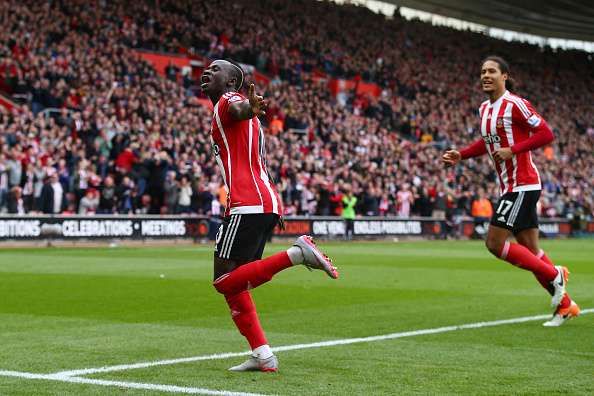
The Southampton way: How the Saints keep on marching
Southampton have confounded expectations in recent seasons. In a league of big-spending teams, they have somehow managed to make a near £42-million profit on transfers over the last two and a half years whilst still improving their finishing position season on season.
While things haven’t really gone to plan for them in the league this time around (despite some solid underlying statistics), on Sunday they will have a chance to secure only the second major trophy in the club’s history when they take on Manchester United - the team they defeated to win their first (the FA Cup, back in 1976) - in the EFL Cup final at Wembley.
So just how do Southampton consistently remain competitive despite regularly losing their best players? Here are the three keys to their success.
Structural solidity and clear goals
There have been a couple of missteps along the way but Southampton have generally been very well-managed since being taken over by the late Swiss businessman Markus Liebherr in the summer of 2009.
At that stage, Saints were down in League One (the third tier of English football), with a 10-point deduction after going into administration under the previous regime. The turnaround since then, on and off the pitch, has been little less than miraculous.
It can be easy to conflate success with a good process but at Southampton the two really do seem to have coincided. There are clear plans and well-defined processes - a ’Southampton Way,’ which executive director of football Les Reed detailed to the Guardian in 2015.
“Keep your focus, don’t panic, you know you’ve got systems and processes in place. There’s no knee-jerk reaction here. Stick to it. See it through.”
Indeed, it says much for the solidity of that structure that Southampton have survived not just the habitual sales of their best players but also the departures of two highly rated coaches in Mauricio Pochettino and Ronald Koeman, in addition to those of executive chairman Nicola Cortese and head of recruitment Paul Mitchell.
Also read: Claudio Ranieri and the fickleness of modern football
An excellent youth academy

Southampton’s youth academy has produced numerous international players in recent years, with Alex Oxlade-Chamberlain, Gareth Bale, Theo Walcott, Adam Lallana, Calum Chambers and Luke Shaw all coming through the ranks at St Mary’s.
James Ward-Prowse is the only academy graduate to have enjoyed significant playing time in the league so far this season but Harrison Reed, Matt Targett, Sam McQueen and the highly promising Josh Sims (all four of whom were part of the side who won the Under-21 Premier League Cup in 2015) have each seen at least 500 minutes of action in all competitions. Young goalkeeper Harry Lewis started all three of the club’s FA Cup ties.
Southampton have invested heavily in their academy and view it as the clearest path to self-sufficiency and success.
“I think it’s definitely the best kind of investment,” executive director of football Reed said at the inauguration of the club’s new, £30-million training ground back in 2014. “One player has a shelf life... where the investment here could be for the next 50 years. Instead of buying one player, we produce five players.”
The ability to supplement their squad with talented young players from the academy has been key to Southampton’s progress in recent years, and with such a strong commitment to youth development, it will surely continue to be an important factor in any ongoing success.
Shrewd recruitment
Southampton have sold nine players for fees of £10 million or greater over the course of the last three seasons and such a high turnover of first-team regulars has required their recruitment team to always be two steps ahead of things when it comes to squad planning.
Looking at the signings the Saints have made since returning to the Premier League at the start of the 2013/14 season, it is clear that they favour younger players. They haven’t once spent money on a player over the age of 28, while the average age of the 29 players they have paid a fee for is 24. Those signings fall neatly into two groups on either side of that number.
On the lower side, between the ages of 20 and 24, lie promising young players capable of contributing straight away but with significant future upside.
This group includes Dejan Lovren (signed for £8.5m, sold for £21.5m), Nathaniel Clyne (signed for £2.72m, sold for £15m) and Sadio Mane (signed for £12.75m, sold for £35m), commanding defender Virgil Van Dijk and this season’s signings Pierre-Emile Hojbjerg and Sofiane Boufal.
On the upper side, from 25 to 28, lie more experienced players who are in or just approaching their prime.
This has not been a particularly profitable group from a transfer standpoint, with only Graziano Pelle’s sale to Chinese side Shandong Luneng raising a profit, but has provided the squad with dependable performers such as Charlie Austin, Steven Davis and Ryan Bertrand, alongside numerous back-up players.
Again the key to recruitment is a consistent and thorough system. Southampton look at players with similar profiles to current squad members and those who have experience playing for teams who utilise similar tactics. There is no magic formula and recent signings have perhaps not established themselves as quickly as hoped, but the club’s record since their return to the Premier League nevertheless reads very impressively.
Also read: Mourn the Leicester fairy tale, not Ranieri the legend

